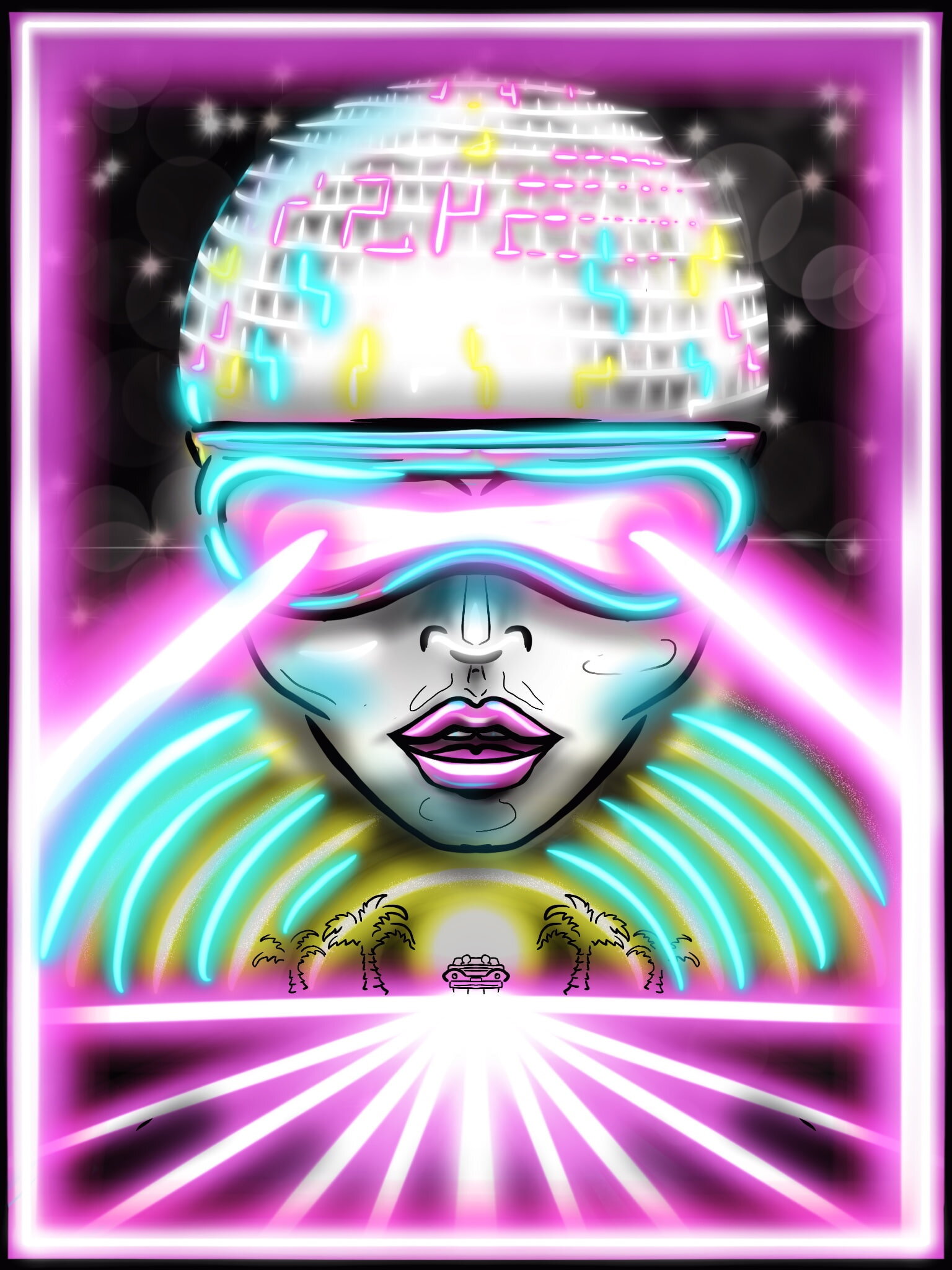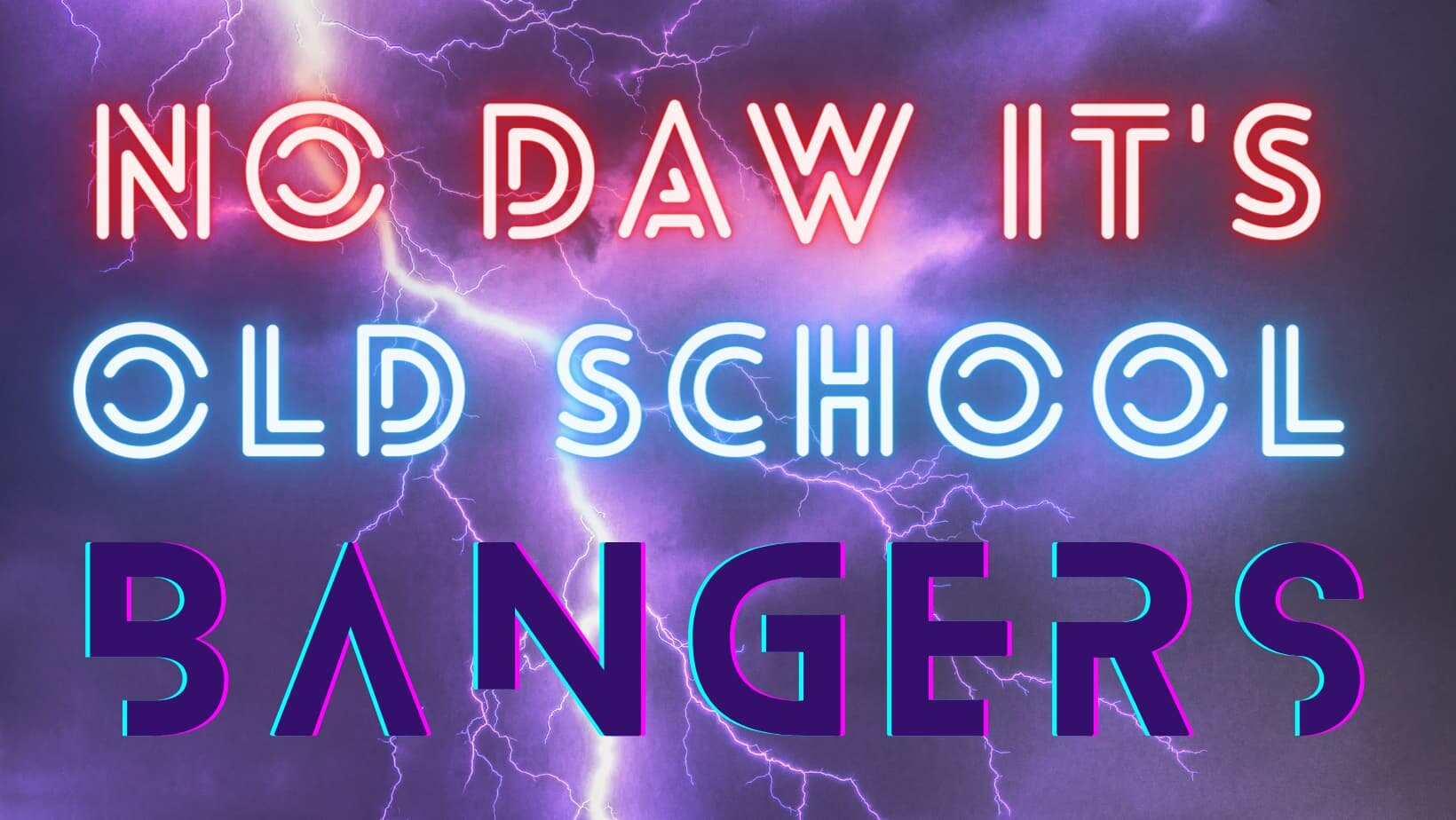
Italo disco
Written by modern-day producers and DJs
or listen to our playlist while you immerse yourself in the history of Italo Disco…
Do you want to know more about Italo Disco?
Then read this!
5 minutes on the history of italo disco music
Whether you are a Millennial or Gen Z interested in the music and genres that rocked the 70s and 80s or a baby boomer looking to read more about the music of the old-time and get that nostalgic rush.
The 1970s was a revolutionary time for music, psychedelia, and fashion would emerge, and it was clear that people just wanted to dance. When only mirror balls sold, self-control was a crime, when days were taken over and turned into Saturday nights, and so began a time of pure polyester where only the divas reigned, and boogie was the name of the game. Disco became one of the most popular and well-remembered forms of music, the popularity of the synthesizer in Europe was starting to catch on in North America. There was more use of electronic instruments over the standard guitars and drum kits of the sixties.
In 1977 the movie Saturday Night Fever (Starring John Travolta) propelled disco music to the top of the charts; who could forget young John Travolta in his white three-piece suit posing under the disco ball? Private clubs were popping up everywhere; these clubs were known for late-night partying, drugs, sex (mostly gay scene) and fighting (ahem, still happens in today's club), dance floors with so many lights on you could smell the bulbs burning.
How did Italo Disco come about?
The Italo Disco is the term that defines the music produced in Italy in the late 70s, influenced by synths, vocoders, and drum machines.
The term Italo Disco was attributed to this musical current by a German producer, Bernhard Mikulski of the '71 record label ZYX; Mikulski created, in 1983, a megamix album of Italian and German electronic music called "The Best of Italo Disco. " This gave birth to the genre name, which then became synonymous with dance music made in Italy. This Italian music was gaining great relevance in English-speaking countries, so the Italian-disco language began to change; little by little, English words were getting into the italic melody.
Some artists did not have an excellent command of the language and improvised; hence the songs had few words in the language with lyrics sometimes devoid of full meaning. It was also accompanied by a strong Italian accent, which gave it its identity in the long run.
Although Italo songs were enjoyed by many, its 70s rock fans thought differently (You can't make an omelet without breaking some eggs!)
What Is Italo Disco?
Italo Disco is a sub-genre of Disco Music and mainly refers to music produced in Italy (and Europe) towards the end of the 70s and early 80s. It is characterized, similar to the Disco, by a fast-paced, futuristic and lively rhythm, with sounds produced by synthesizers, drum machines, and vocoders. Also, characterized by being very melodic and very ornate. In general, quite "colorful" sounds are present, similar to those of the Hi-Energy of that time. It was the kind of sound that makes you want to throw caution to the wind.
At the beginning of this style, the piano's inclusion was standard, which helped create a more-gloomy atmosphere, especially in slower songs. We can also indicate that the speed range was between 100 and 125 bpm.
Doing a brief historical review, the first Italian disco music productions between the late 70s and early 80s followed the guidelines of the styles in fashion, Disco and Funky. The new techniques that emerged at the beginning of the 80s gave rise to the stage that we could call Pre-Italo, such as Patrick Cowley's electronic music, Bobby Orlando and Lime's High Energy, and Techno Pop from mythical groups such as The Human League, OMD, Yazoo, Soft Cell or Depeche Mode.
Although at that time, Italian productions were highly influenced by the music that came from abroad, they gradually acquired their own identity that would finally be unmistakable. As the technology evolved, the Italo-disco kept pace. Creativity had more and more tools, and the Italo disco was continually being reborn.
The popularity of Italo Disco
The first influences of the Italo Disco genre come from the Trentino-born producer Giorgio Moroder, from the French Didier Marouani, Gino Soccio, and the German Cerrone, flanked by pop music from the 70s and groups such as Kraftwerk, Visage, Gary Numan, and many others.
At the end of 1982, we found the first two songs that fit what would be the Italo-disco in its essence: "You Are A Danger" by Gary Low and "Masterpiece" by Gazebo, both produced by Paul and Peter Micioni.
However, 1983 can be officially considered as the starting point of this musical style. This is when the massive appearance of new record labels takes place and a significant increase in the volume of releases. Undoubtedly, all this is due to the great acceptance that Italian disco music had on an international scale from the beginning.
During this time, the clubs were crowded, so much so that you were shoulder to shoulder with everyone else. Italo music was pulsating and pounding, and the scene was dominated with bell-bottom pants, platform shoes, lots of eye makeup, silk, and satin shirts opened up to the chest. It was the year when Italo disco ruled the world in underground clubs.
In the following years (1984-87), the Italo lived its maximum splendor. Like the rest of dance music, its sound evolved as the technology of electronic instruments developed and refined, offering ever greater possibilities for creativity.
The genre was popular in Italy and Europe. It was too bad that in the countries where the English language was spoken, it was just an underground nightclub phenomenon and was recognized for its campy nature!
Italo Disco Covers
Their futuristic fantasy looks can characterize the variety of Italo disco covers produced during the eighties, often based on the style that resulted from using an airbrush. Airbrushing was a fundamental part of the eighties' culture, and several artists used this style for their contributions to Italo records, such as Giampaolo Cecchini, a giant of the Italian advertising world. Italian sci-fi and comic artist Franco Storchi also successfully used this technique for the Time trio, as did Enzo Mombrinito create his provocative images for Italo Disco events. Much of the art slipped into obscurity as the fondness for Italo Disco began to wane at the end of the decade.
Decline in Popularity
All good things must come to an end (well, maybe not considering that clogs are still a thing); the rapid overcrowding of the music scene and consequent saturation led to the decline of Italo Disco in 1987. It was replaced by the Italo NRG or Italo house, which combined Italo at high speed with house music elements. While some music trends cause happiness wherever they go, others do whenever they go.
In Germany, where the term "Italo disco" was initially coined and marketed by ZYX Records, other names emerged to describe the genre, such as Eurodisco or disco fox. German productions were also sung exclusively in English and are characterized by their emphasis on melody, an exaggerated overproduction, and a more serious approach to the theme of love. Examples are the works of Fancy, Bad Boys Blue, Roy, Lian Ross, CC Catch, and others.
However, towards the beginning of 2000, there was a trend towards revaluing the Italo Disco genre, a return to the 80s both in pop and electronic music that led the DJs to dust off old records and songs. Even now, some "underground" or even "counter-cultural" (or counter-hegemonic) clubs still play these songs.
